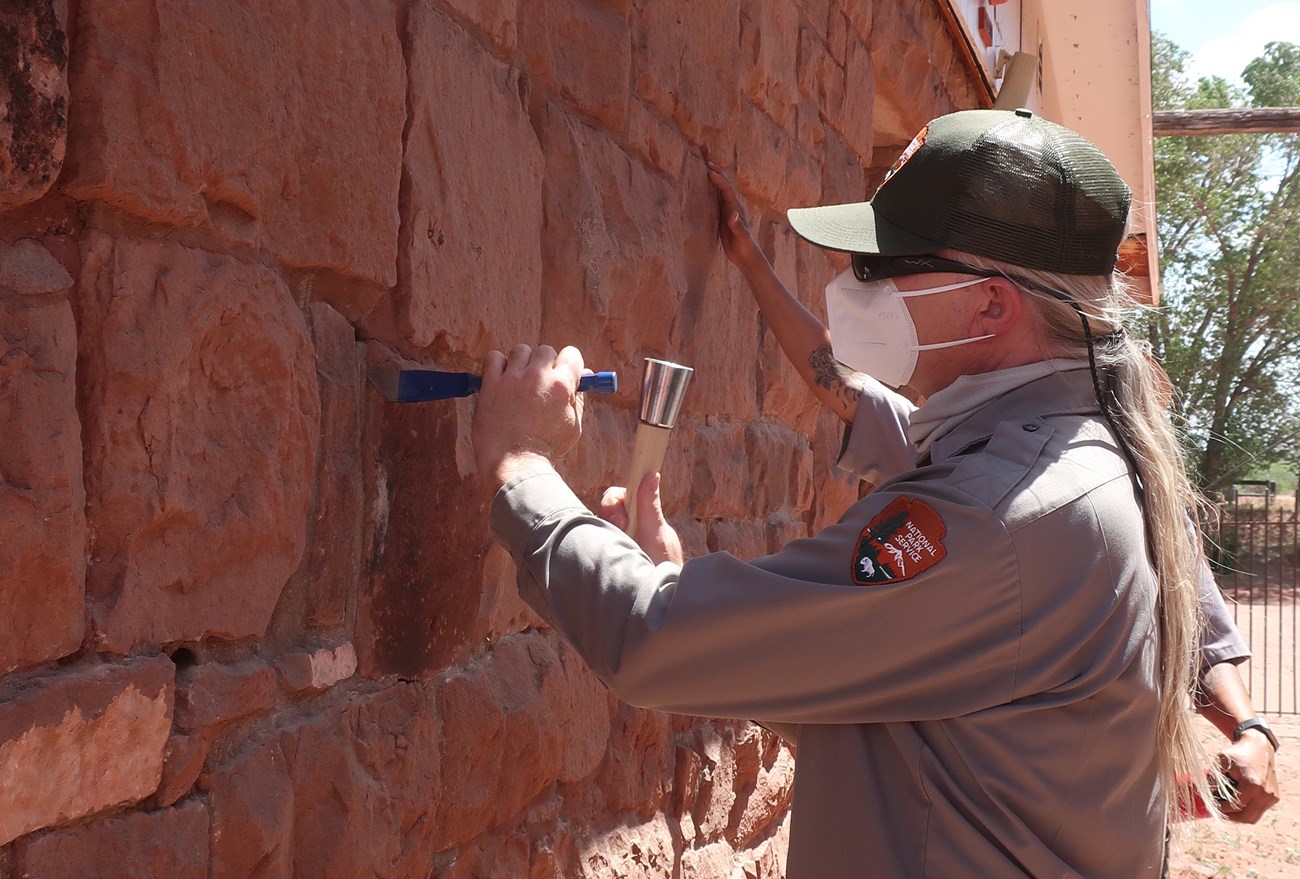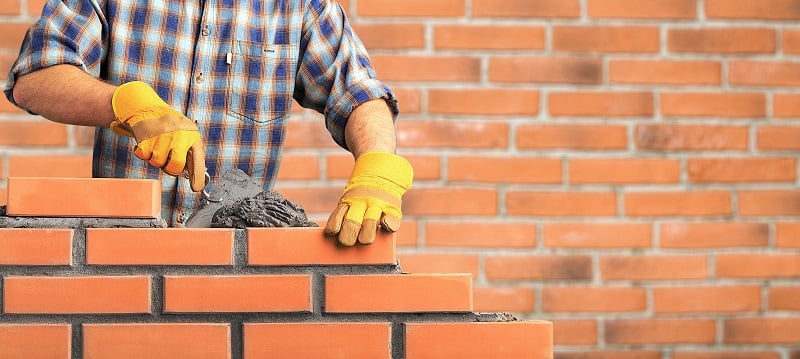Unlocking the Tricks of Lasting Stonework Construction Practices for Eco-Friendly Buildings
Amongst the myriad approaches to environmentally friendly building, lasting stonework building stands out as a reliable and durable method that holds a riches of untapped possibility. From the selection of materials to innovative building techniques, the secrets to accomplishing sustainability within masonry building are diverse and appealing.
Benefits of Lasting Masonry Building
Embracing lasting stonework building techniques not just decreases ecological influence but likewise uses long-term economic benefits to building contractors and neighborhoods. By making use of products like recycled bricks, blocks, and rocks, building contractors can significantly decrease the carbon footprint of their jobs while advertising source efficiency. Additionally, sustainable stonework building and construction strategies, such as correct insulation and thermal mass residential properties, can boost power efficiency within buildings, causing lowered operational costs gradually.
In addition, the sturdiness and durability of stonework structures add to long-term financial advantages. Buildings built utilizing lasting stonework practices typically need much less maintenance and repair work, converting to set you back financial savings for contractors and homeowner. The durability of masonry materials additionally makes certain that frameworks remain stable and secure, lowering the demand for regular remodellings or replacements.
Eco-Friendly Stonework Materials
Making use of environmentally friendly stonework materials is a pivotal step in the direction of boosting the sustainability of construction methods and minimizing ecological impact while optimizing lasting economic advantages. Sustainable stonework products are sourced, produced, and used in a manner that minimizes overall ecological effect. Lasting concrete obstructs include recycled aggregates and may feature improved insulation residential properties, adding to power performance in structures.
In addition, all-natural products like adobe, rammed planet, and straw bundles give excellent thermal mass homes, minimizing the requirement for heating and cooling energy. These materials are typically locally available, promoting local economic situations and reducing transportation-related carbon emissions. By selecting environmentally friendly masonry materials, building projects can considerably minimize their ecological footprint and contribute to the production of healthier, more sustainable constructed settings.
Energy-Efficient Stonework Techniques
Energy performance plays an essential role in boosting the sustainability of stonework construction practices. By applying energy-efficient masonry techniques, building contractors can dramatically minimize the overall power usage of a building, bring about lower functional expenses and a smaller ecological footprint. One vital energy-efficient masonry technique is using thermal mass, which involves including dense products like concrete or brick right into the building's framework to take in and store warm. This helps manage indoor temperature levels, decreasing the demand for mechanical heating and cooling down systems.

Innovations in Sustainable Stonework
Current improvements in lasting masonry practices have brought about innovative strategies that are useful source improving the building and construction sector. One such advancement is the advancement of self-healing concrete, which uses bacteria installed within the concrete to recover fractures autonomously. This development not only reduces upkeep prices however also enhances the durability of stonework frameworks, contributing to their sustainability.
Another remarkable technology is making use of recycled aggregates in stonework building - masonry contractor. By integrating materials such as smashed ceramic waste or recycled glass into concrete mixes, home builders can decrease the ecological effect of construction tasks while maintaining architectural integrity. This technique not only diverts waste from landfills yet likewise preserves natural resources, making it a crucial development in lasting masonry building and construction
Additionally, the integration of digital design devices, such as Building Info Modeling (BIM), is revolutionizing cheap car lots near me the method masonry structures are intended and built. BIM allows for more specific computations, reduced material wastage, and enhanced energy performance, ultimately causing more sustainable structure methods. These innovations jointly signify an appealing future for lasting masonry building and construction in the era of green buildings.
Future Trends in Stonework Sustainability
With the ingenious strides made in lasting masonry practices, the future patterns in stonework sustainability are poised to more reinvent the construction market. One of the crucial trends forming the future of masonry sustainability is the boosted integration of innovation. Advancements such as Building Details Modeling (BIM) and online fact simulations are being utilized to enhance stonework building news procedures, resulting in lowered material waste and boosted energy performance in buildings.
Additionally, the advancement of unique sustainable materials is established to play a substantial duty in enhancing the eco-friendliness of masonry construction. masonry contractor. Developments like self-healing concrete, recycled accumulations, and bio-based binders are getting grip for their capacity to decrease environmental impact while maintaining structural integrity

Conclusion
To conclude, sustainable stonework building practices use various advantages for environment-friendly buildings. By using environmentally friendly products and energy-efficient techniques, stonework can add to an extra sustainable developed environment. Advancements in lasting masonry are continuously being established to better improve the ecological performance of structures. Looking towards the future, the fad of masonry sustainability is anticipated to grow, resulting in even more eco-friendly and energy-efficient construction methods in the years to find.